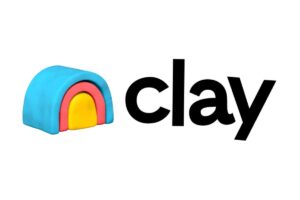Marketers may be overly cautious about brand safety, potentially missing out on valuable opportunities, according to new research from Stagwell. Ensuring brand safety has become increasingly challenging due to the rise of divisive content and misinformation, along with the lack of control over ad placements. News articles covering controversial topics, such as the 2024 election or the Israel-Palestine conflict, often fall into a gray area that leaves advertisers uncertain about their impact on brands. Stagwell’s new research examines the effectiveness of advertising next to such controversial news topics and its implications for brand safety and purchase intent.
The “Future of News Study” by Stagwell found that ads placed next to articles on “risky” subjects like inflation and crime perform almost as well as those next to “safe” subjects like sports. With 25% of Americans identifying as “news junkies,” avoiding controversial stories may limit campaign reach and miss out on engaging a significant audience.
“This study essentially shows that channels offering quality journalism are completely safe,” said Dritan Nesho, CEO of HarrisX, a research consultancy part of Stagwell. “Brands are not only safe but supporting a healthy and thriving press, which is essential to our democracy.”
The report is part of a broader “Future of News” initiative by Stagwell, including studies and events evaluating the state of news advertising. The study is based on an online survey of nearly 50,000 adults, with a balanced representation of genders and a diverse age range. Respondents included 64% White, 16% Hispanic, 11% Black/African American, and 9% identifying as “other.”
Key Findings
One significant finding is the minimal impact on purchase intent when comparing ads placed near positive, entertainment-oriented stories to those near more negative news stories, such as inflation. For instance, among Gen Z consumers, the average purchase intent for ads next to stories about the Middle East conflict was 65%, only slightly lower than 69% for sports stories. Ads near inflation-related stories had a purchase intent of 66%, and those near crime stories were at 67%.
“Americans can distinguish between content and ads, and complex content doesn’t necessarily affect brand metrics,” Nesho explained. “This is crucial for discussions on brand safety.”
Demographic Insights
Purchase intent related to ad placement near news articles can vary based on demographics, such as income. For higher-income consumers, ads next to high-quality political news had a purchase intent of 72%, just below the 74% for entertainment stories. For mothers, the purchase intent for ads near neutral and negative stories was consistently 70%.
Targeting News Enthusiasts
Stagwell’s report emphasized the importance of advertising with high-quality publishers to address brand safety concerns. Unlike the broader reach of platforms like Google or Meta, directly partnering with reputable publishers may offer better control and effectiveness.
“For advertisers, reaching the 25% of Americans who are self-identified news junkies is a significant opportunity,” said Nesho. “These individuals follow the news closely and are not easily reached through entertainment or sports channels. There is immense potential for advertisers to engage this audience directly.”
Stagwell’s findings suggest that while caution around brand safety is understandable, there are substantial opportunities in advertising next to high-quality, albeit controversial, news content. This approach could help marketers reach a dedicated and engaged audience while supporting the essential role of a thriving press.
Source: MarketingDive





